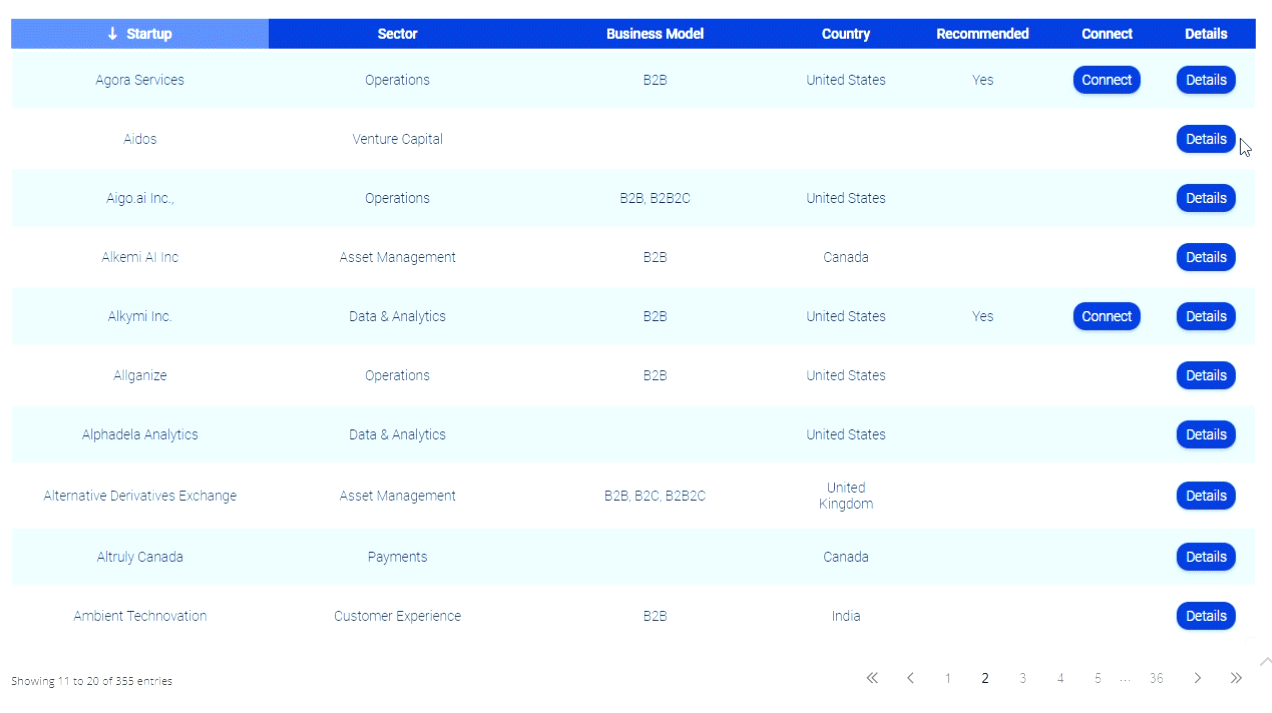R3, Finastra Show Distributed Ledger Use Case with Syndicated Lending Platform
EXCLUSIVE— If financial institutions are going to begin fully utilizing blockchain or distributed ledger technology, they’re going to have to pay much more attention to the use case at hand rather than the underlying technology, R3 said.
This insight came during a demo for a new syndicated loan platform, built using Corda distributed ledger technology. Known as Fusion LenderComm and built by financial technology provider Finastra (a merger of D+H and Misys), using Corda in partnership with R3 as well as consultancy Accenture, the companies demoed that platform during a banking event in New York City yesterday evening at the Park Hyatt.
Using Corda as the “foundation layer,” as Charley Cooper, managing director for R3, put it, the platform gives lenders access to real-time information such as credit agreements, accrual balances, and transaction data, aiming to drastically cut the time (and cost) that lenders typically have to spend contacting the agent bank.
“They [syndicated loans] can be quite difficult to keep track of, depending on what the agent has in their own books versus what the lender has in their own systems,” Jacqueline Morcombe, global solution lead, lending at Finastra, told Bank Innovation. “The platform really began with building that transparency.”
Transparency is a key element of distributed ledger technology, but has to be handled carefully when it comes to financial institutions, Cooper explained.
Corda is therefore ideally suited for the LenderComm platform and similar projects, as it is aiming to be the base layer of a specific financial use case — something that is also key, Cooper explained — as opposed to being a platform that put central banks squarely in the history books.
Corda, a distributed ledger technology developed specifically for the financial services industry, sidesteps several tenets of traditional blockchain (which DLT technology is growing more and more distinct from) to better work with FIs.
This includes a willingness to work within financial compliance standards on projects like LenderComm, as well as a deeper focus on the financial industry itself as opposed to the technological marvel of blockchain and cryptocurrency. In fact, the banks and FI partners on the LenderComm project are “happy with fiat” to transact on the platform, the companies said.
“It’s really not necessary. The majority of the banks that are involved [with LenderComm] would have significant internal problems, compliance problems, business strategy problems about getting involved in the cryptocurrency space that wasn’t tied to a nation state,” Cooper told Bank Innovation. “So, while it could be developed — it’s actually not hard to develop, the Corda platform can support it — the utility in doing that versus the incremental headache that it would create for the majority of regulated banks to participate I think is not worth it.”
With this understanding, LenderComm (as well as other financial projects) has moved out of its proof-of-concept phase and is working towards a pilot with the help of its seven member institutions, including BNP Paribas, BNY Mellon, and State Street.
The pilot is set to open in January 2018, according to the companies’ timeline, with LenderComm currently slated to go live in April.

















